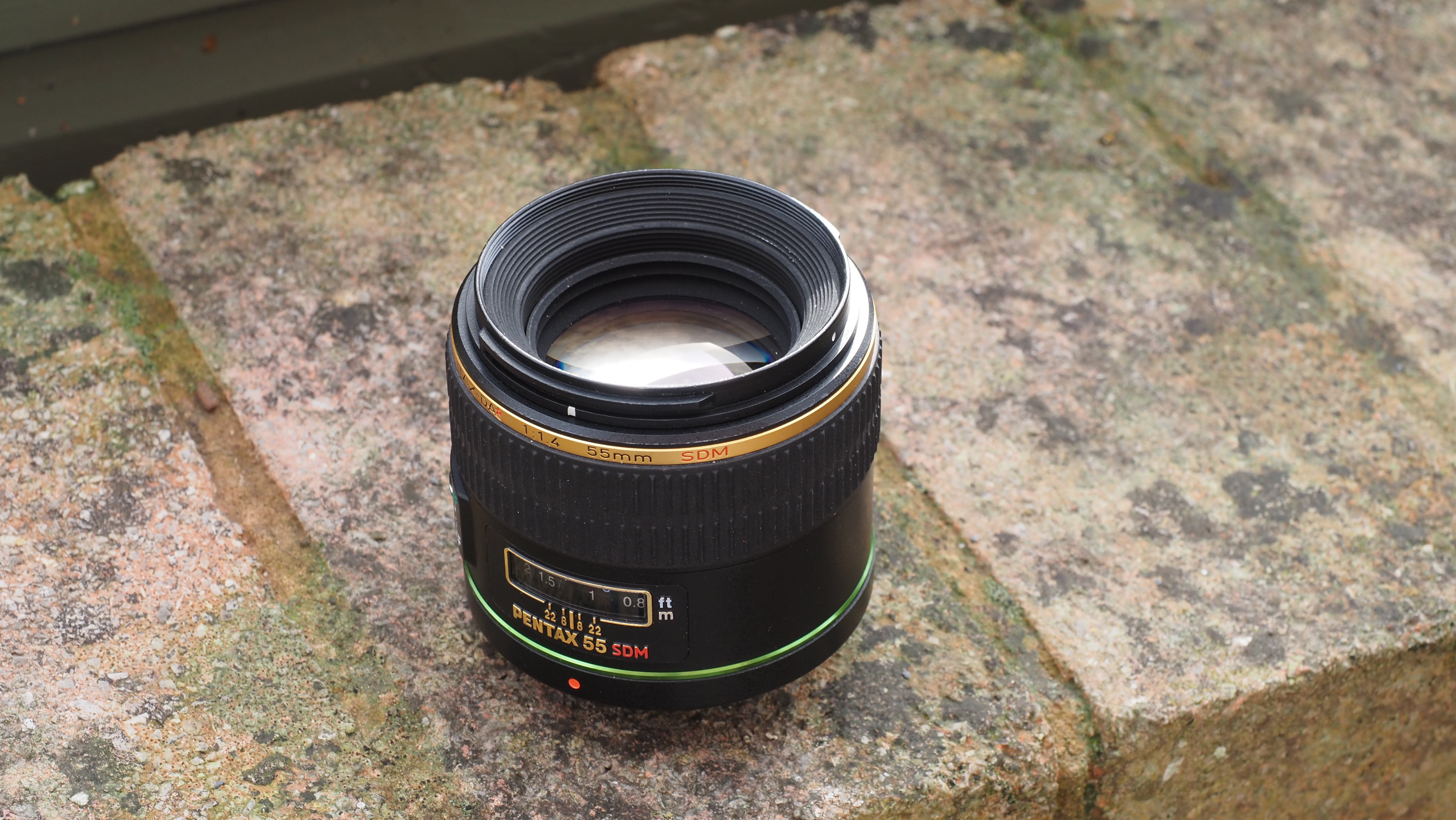
The Pentax DA★ 55mm F1.4 SDM sounds like a nifty fifty, but it’s actually designed for Pentax’s APS-C DSLRs, like the new Pentax KF (which is the camera we used to test it). On an APS-C camera, its focal length is equivalent to 84.5mm, so really this is a portrait lens.
The star in the name indicates one of Pentax’s premium quality lenses, and the ‘SDM’ denotes a Supersonic Drive Motor built into the lens itself. This should give it smoother, faster operation than the body-based motor used for many other Pentax lenses.
For more choices, see our guide to the best Pentax lenses or, if you use another camera type, see our list of the best portrait lenses and what to look for.
Specifications
Mount: Pentax KAF3
Full frame: No
Autofocus: In-lens SDM
Stabilization: No
Lens construction: 9 elements in 8 groups
Angle of view: 28.6°
Diaphragm blades: 9
Maximum aperture: f/1.4
Minimum aperture: f/22
Minimum focusing distance: 0.45m
Maximum magnification ratio: 0.173x
Filter size: 58mm
Dimensions: 70.5 x 66mm
Weight: 375g
Key features
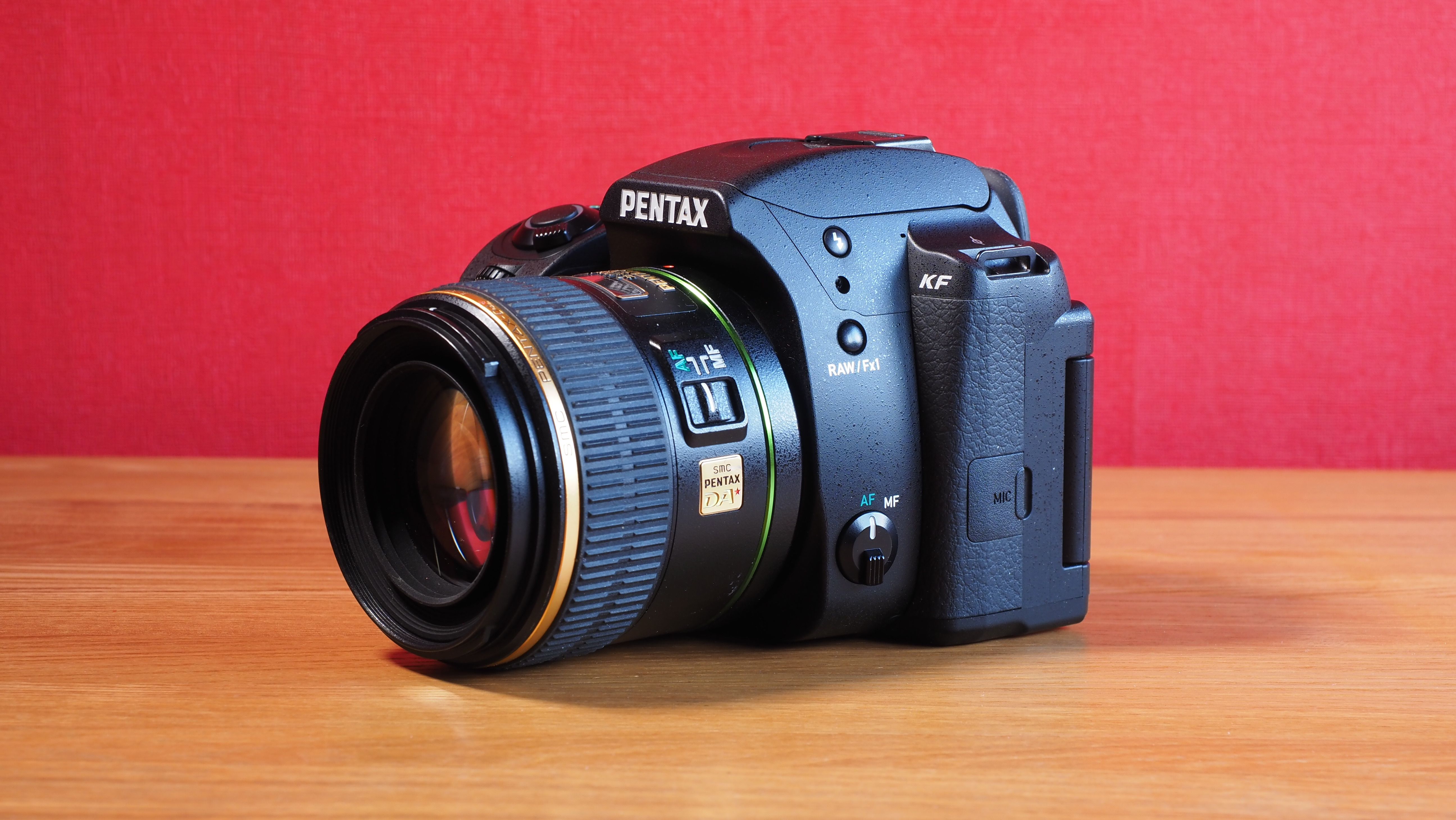
The 84.5mm equivalent focal length and f/1.4 maximum aperture make this lens ideal as a portrait lens on the Pentax KF and other APS-C Pentax DSLRs. Indeed, that’s how Pentax is pitching it.
The star rating applied to this lens indicates premium optics, though the optical construction of 9 elements in 8 groups is not especially complex for a premium prime, though it does have a rounded 9-blade aperture for smoother bokeh.
There’s no optical stabilizer in this lens, but Pentax DSLRs do have an SR (Shake Reduction) system built in, and Pentax is still the only maker to include this on a DSLR.
The SDM autofocus does need a compatible camera body, but you have to go some way back to find bodies that aren’t – with the Pentax K100D and *ist models you will be limited to manual focus.
Build and handling
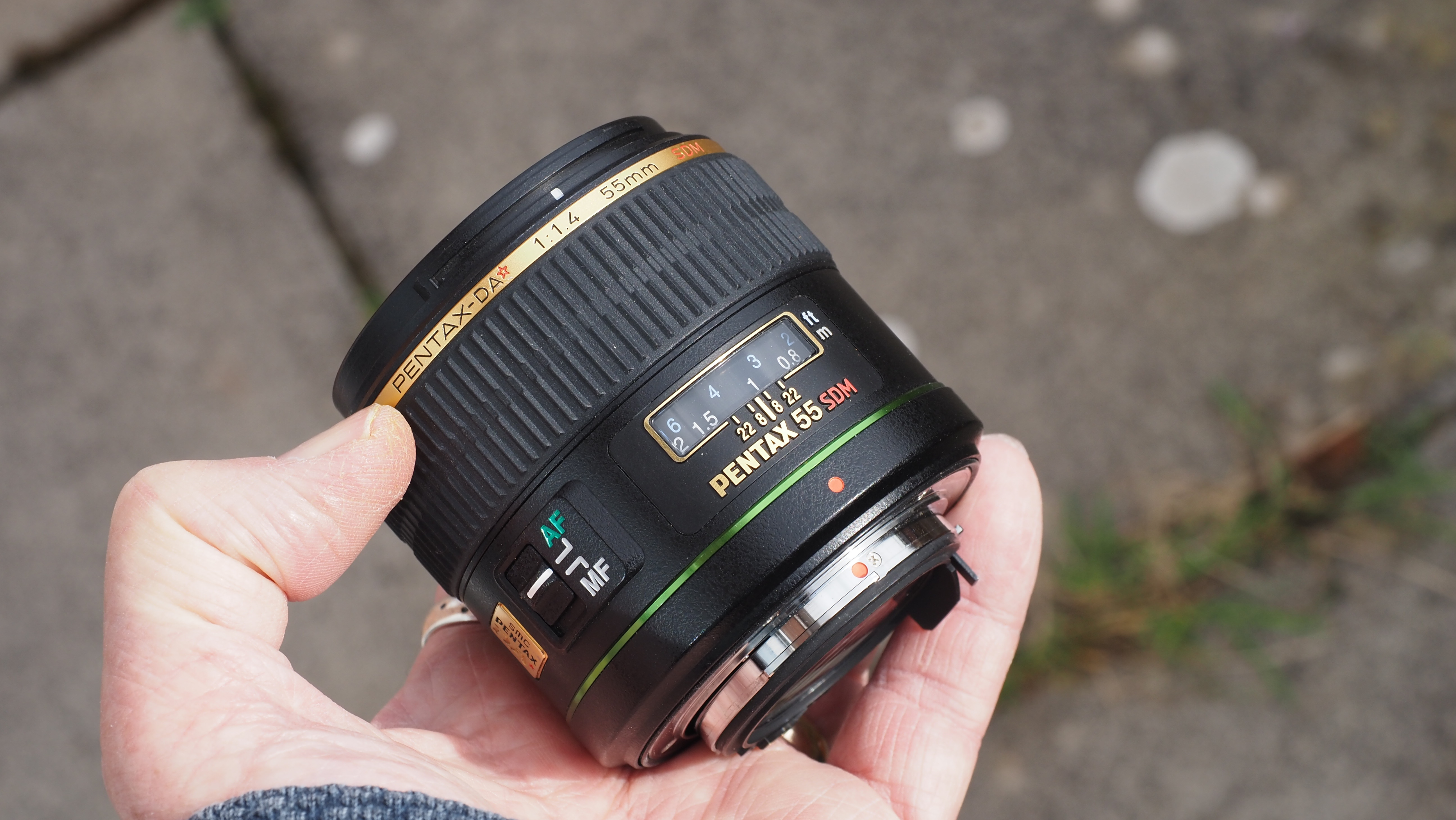
The Pentax DA★ 55mm F1.4 SDM initially seems quite small for a lens of this type, but that’s explained by its APS-C image circle. It might look the size of an old-school 50mm f/1.4, but it’s designed for a smaller sensor.
The SDM autofocus makes it feel pretty refined for a Pentax lens, though you can still hear the motor operating and – oddly – you can feel it through the lens barrel.
There’s a good-sized manual focus ring with soft stops at infinity and nearest focus (it will keep spinning past those but to no effect). The infinity symbol actually lines up pretty well with infinity in real life, which isn’t something you can always rely on with fly-by-wire focusing – though the focus action itself isn’t the nicest.
Performance



The lab tests are interesting, revealing good definition in the center of the frame from f/2.8 onwards, but very lackluster edge performance even when stopping down. This is borne out in real-world testing, where this lens delivers nice sharp detail in the center but is noticeably softer at the edges. There is some noticeable purple fringing around bright highlights, especially towards and edges of the frame, which wasn't fully corrected in-camera but could probably be removed effectively in raw files.
The background bokeh is attractive and although this lens isn't very sharp wide open, it does give a pleasant 'dreamy' effect which could suit some portrait styles.
The AF is quicker than with Pentax's body-driven lenses and much more positive, but still not the fastest, and the motor noise might get picked up if you shoot video – though that's not really the forté of Pentax DSLRs anyway.
Lab tests
We run a range of lab tests under controlled conditions, using the Imatest Master testing suite. Photos of test charts are taken across the range of apertures and zooms (where available), then analyzed for sharpness, distortion and chromatic aberrations.
We use Imatest SFR (spatial frequency response) charts and analysis software to plot lens resolution at the center of the image frame, corners and mid-point distances, across the range of aperture settings and, with zoom lenses, at four different focal lengths. The tests also measure distortion and color fringing (chromatic aberration).
Sharpness:
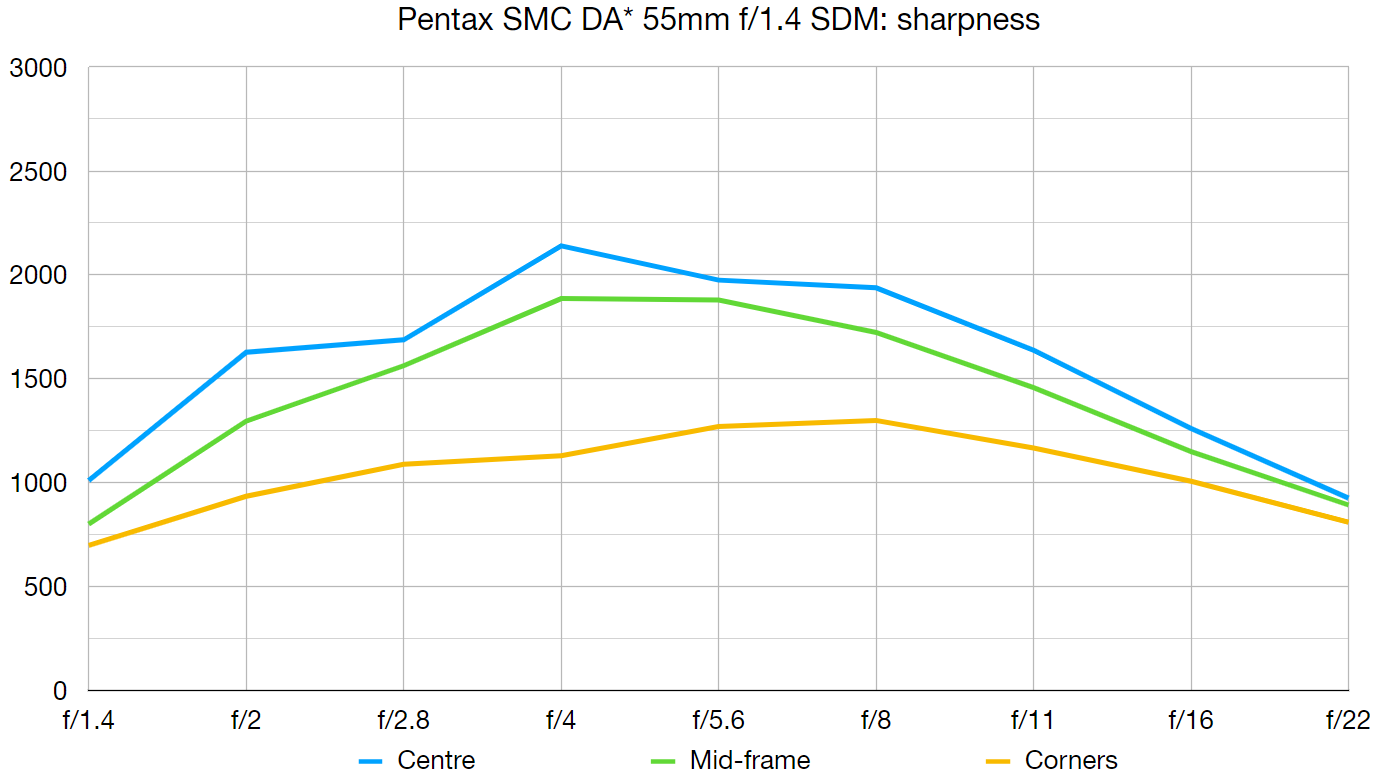
Center sharpness is somewhat disappointing wide open at f/1.4, but you only have to stop down to f/2 to see a significant improvement, and by f/4 center sharpness is very respectable. We're also impressed at how sharp the lens is in the mid-frame. Often lens manufacturers focus every effort into achieving maximum center sharpness, only for sharpness to fall off dramatically as soon as you move away from the center. Not so here. Corner sharpness is more mediocre, however.
Fringing:
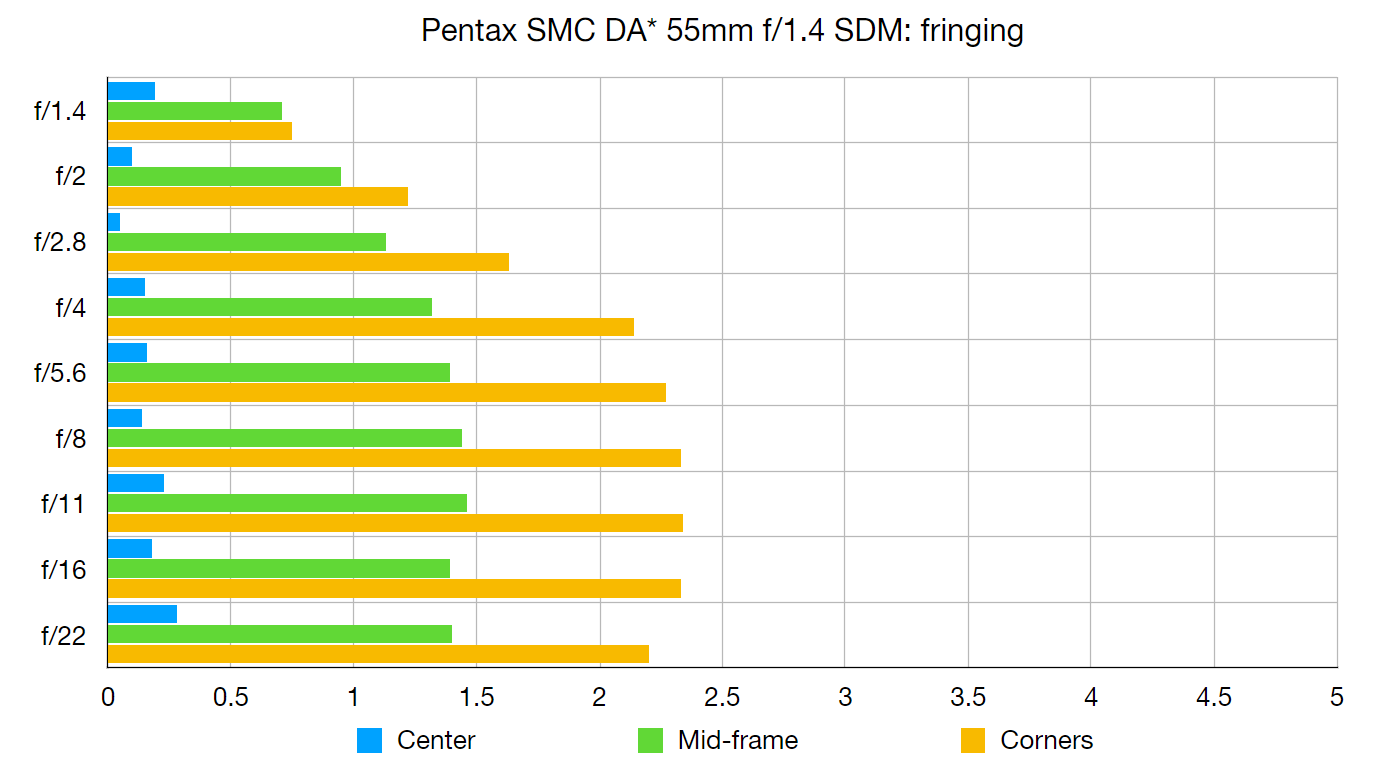
Lateral chromatic aberration is minimal at larger apertures, but stop down to f/4 and it becomes visible in the mid-frame of images, while the corners show even more fringing. Even so, it's not enough to be overly distracting, and we're testing with in-camera aberration correction disabled.
Distortion: -0.86
The lens produces a little barrel distortion, but not enough to be particularly noticeable, and that's with in-camera distortion correction disabled.
Verdict
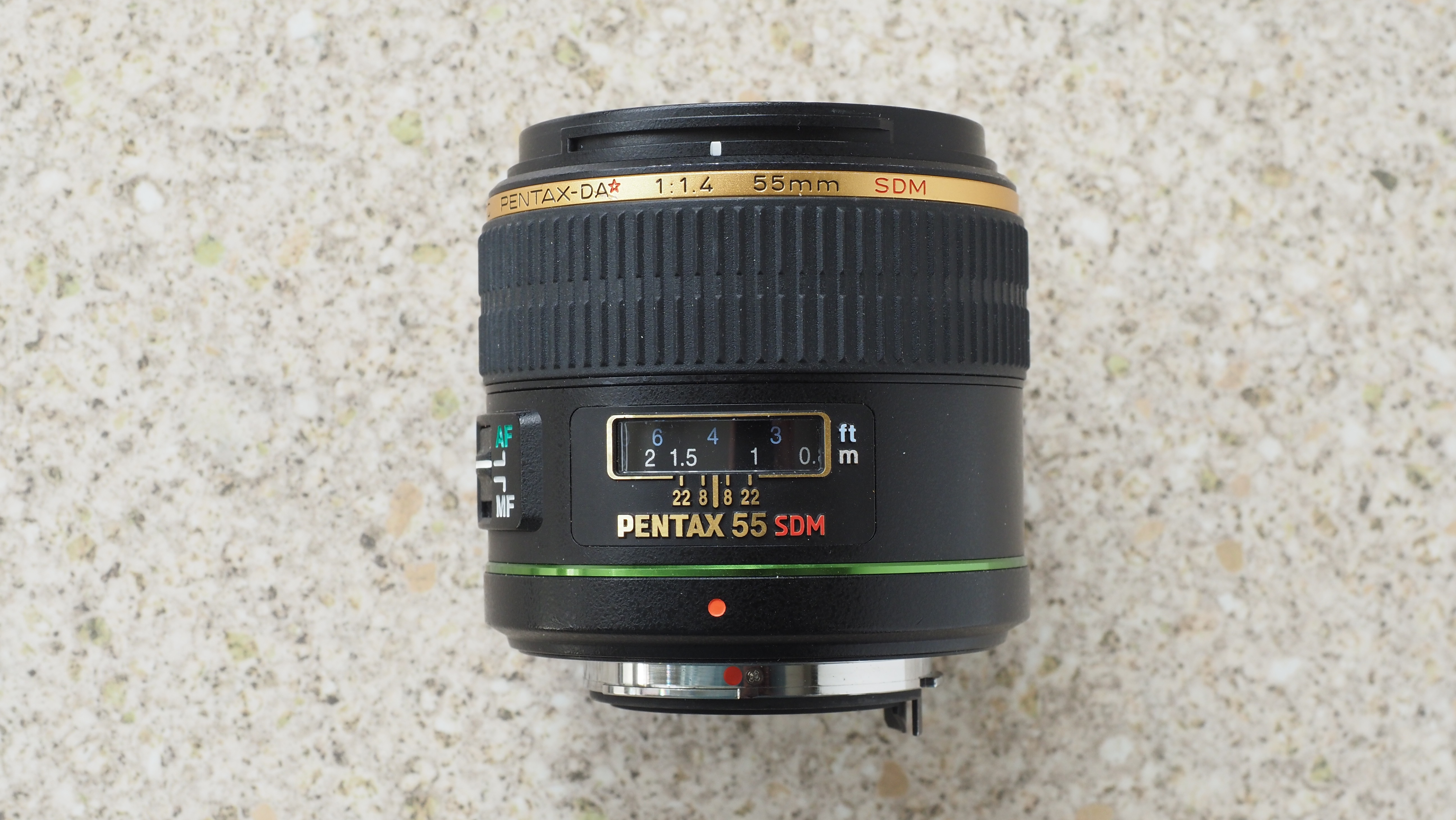
The Pentax DA★ 55mm F1.4 SDM is an effective portrait lens for Pentax APS-C DSLR cameras and does give pleasant background blur. But while it's definitely one of Pentax's better DSLR lenses, it's nothing special by broader standards – and it's definitely not cheap, either. It's certainly worth considering if you are a diehard Pentax aficionado, as it is one of the better lenses in the range, but it's far from perfect.
Read More: You can find out more about the Pentax DSLR system with our guides to the best Pentax cameras and best Pentax lenses.







